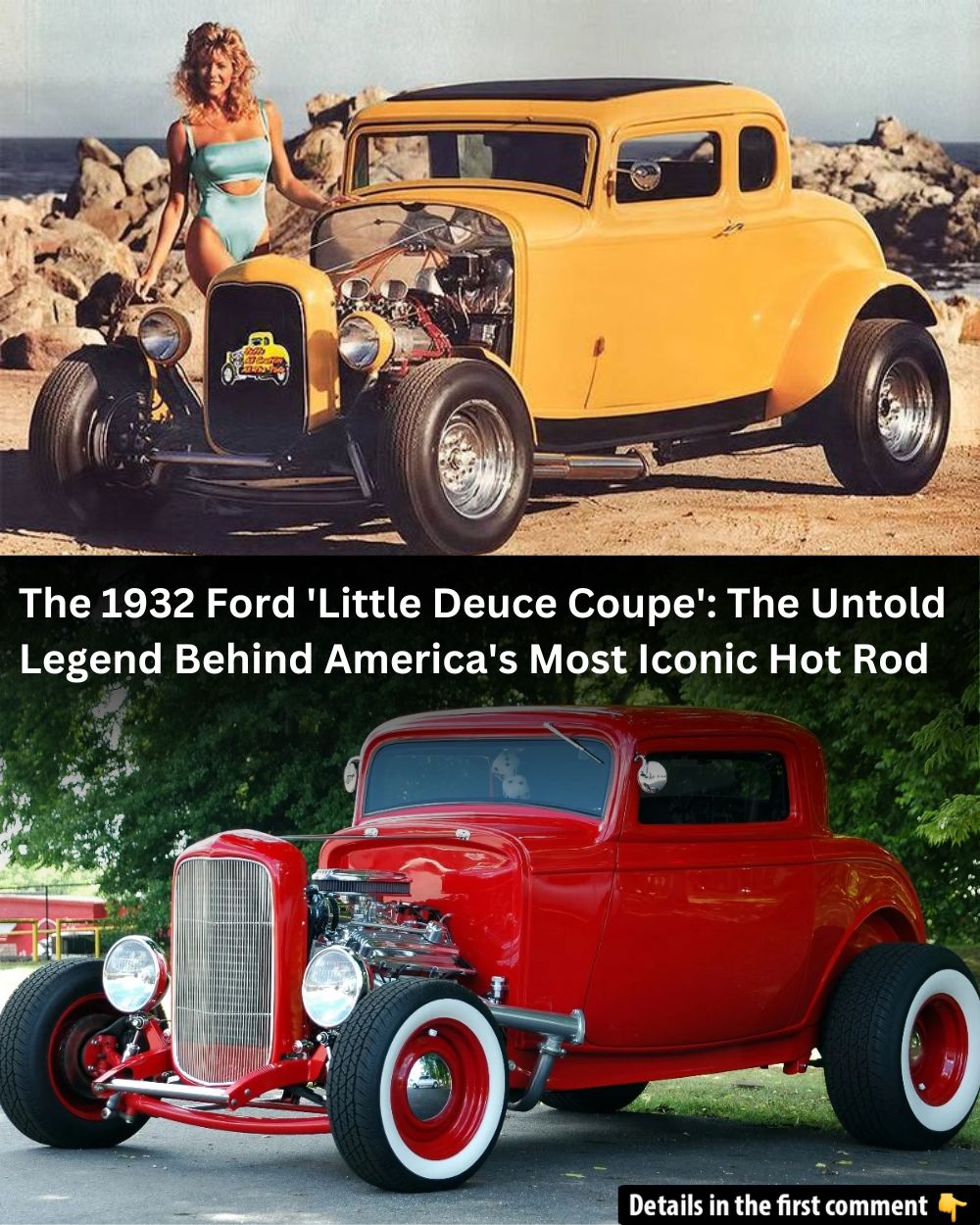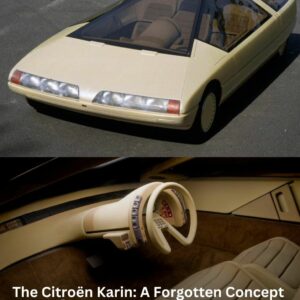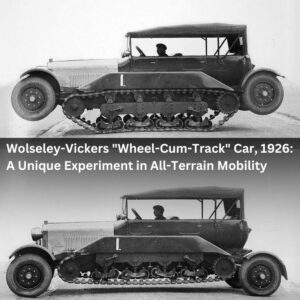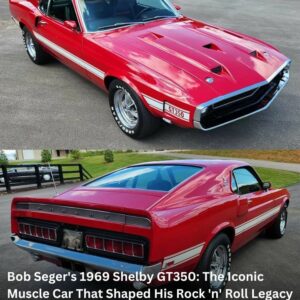The 1932 Ford Coupe, affectionately known as the “Little Deuce Coupe,” is far more than just a classic car. It stands as a cultural icon, a symbol of an era, and a testament to the innovation and spirit of America in the early 20th century. Over the decades, this iconic vehicle has earned its place in the hearts of enthusiasts, collectors, and pop culture alike, leaving a lasting legacy that continues to thrive today.
From Model T to the 1932 Ford: The Evolution of an American Icon
In the mid-1920s, Henry Ford, the mastermind behind the Ford Motor Company, found himself facing stiff competition. His groundbreaking Model T, which had revolutionized the automotive industry, was becoming outdated. While Ford continued to dominate the market, other manufacturers, such as Chevrolet, were producing more modern, powerful vehicles that were beginning to appeal to American consumers.
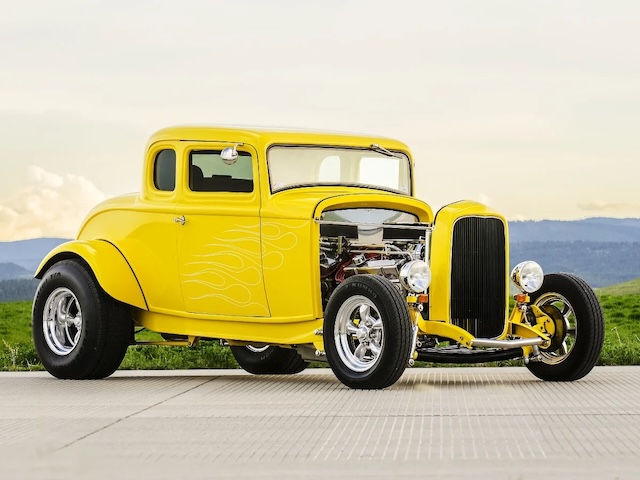
By 1926, Ford’s market share had dropped to just 36%, signaling the need for a new direction. Enter the Model A, which debuted in 1928. With its sleeker design, improved performance, and modernized features, the Model A quickly became a sensation. However, the economic collapse of 1929, which triggered the Great Depression, forced Ford to rethink his approach. The Model A, which was initially expected to sustain Ford for at least a decade, was already beginning to show signs of aging by 1931. This set the stage for Ford’s most revolutionary creation yet—the 1932 Ford.
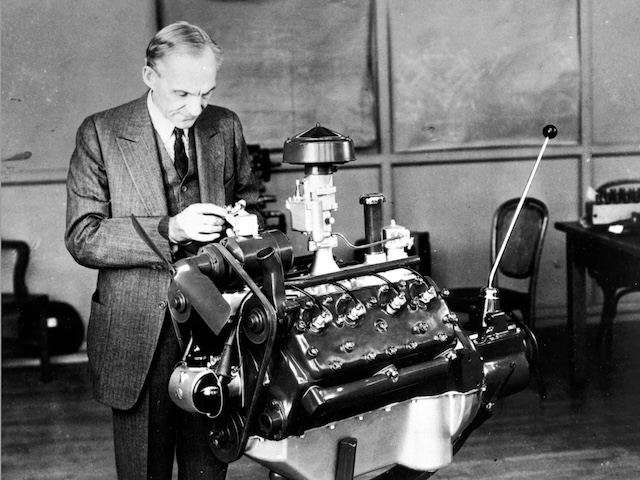
Video
Learn everything you need to know about the iconic Ford Deuce Coupe in this Up to Speed video!
The 1932 Ford Deuce Coupe: A Bold Leap Forward
The 1932 Ford marked a departure from the conventional. Henry Ford, determined to leapfrog his competition, introduced the Model 18, powered by a V8 engine. At a time when most cars still relied on 4-cylinder engines, the V8 was a radical innovation. It provided unmatched power and smoothness, giving the Model 18 an edge over its competitors.
Ford’s new V8 engine delivered 65 horsepower from a 221 cubic-inch powerplant. Despite being a more affordable alternative to luxury cars like Cadillac and Lincoln, the V8-powered Ford offered similar performance and refinement. The car came in a variety of body styles, with the 3-Window and 5-Window coupe configurations quickly becoming iconic. These “Deuce Coupes” were so named because they were 1932 models, and they soon became synonymous with American automotive excellence.
In addition to the V8-powered Model 18, Ford also offered the Model B, which featured a 4-cylinder engine. While it lacked the power of the V8, the Model B still captured the attention of car buyers and became part of the burgeoning hot rod culture. The Model B was the more affordable option, and its design was similar enough to the Model 18 that it also earned its place in the “Deuce Coupe” family.
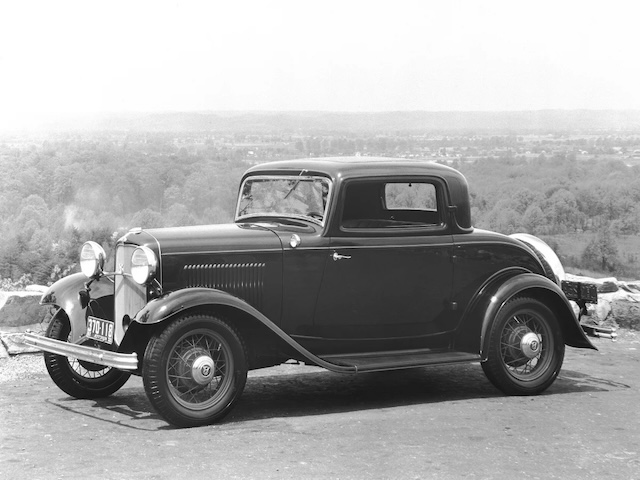
The Birth of Hot Rod Culture: From the Streets to the Track
While the 1932 Ford Coupe was designed as a high-performance production car, it soon became the foundation of a new automotive subculture—hot rodding. The hot rod movement began as mechanics and car enthusiasts sought to modify their vehicles for increased speed and performance. The Model B, with its affordable price and relatively simple engine, quickly became the go-to choice for aspiring hot rodders.
The 1932 Ford Coupe, with its distinctive design and powerful V8 engine, was the next logical step in the evolution of hot rods. By the late 1930s, car enthusiasts were modifying these vehicles by stripping down the body, removing excess weight, and swapping out parts to enhance performance. The result was a new breed of car—the hot rod.
After World War II, the hot rod movement gained even more momentum. The availability of powerful, high-compression V8 engines, like the legendary Chevrolet “small block,” made it easier and more affordable to build customized hot rods. Despite the rise of new engines and designs, the 1932 Ford Coupe remained a centerpiece of the hot rod culture, and its iconic status continued to grow.
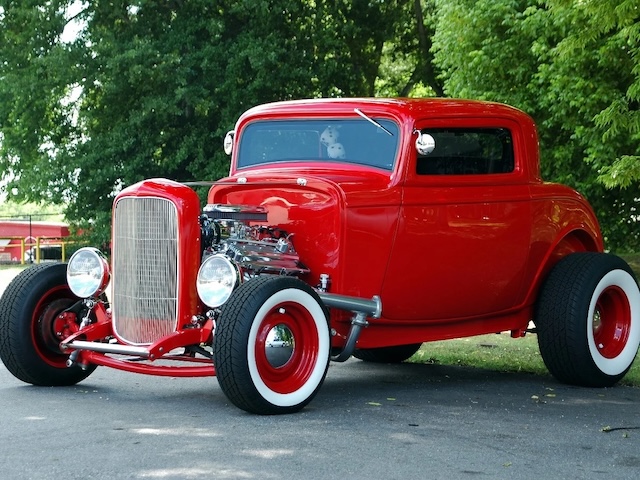
The 1932 Ford in Pop Culture: A Lasting Legacy
The 1932 Ford Coupe’s influence extended far beyond the world of automobiles. In 1963, the Beach Boys released the hit song “Little Deuce Coupe,” which celebrated the car’s distinctive design and performance. The song became a chart-topping hit, further cementing the 1932 Ford’s place in popular culture.
The “Little Deuce Coupe” single was so successful that it led to the release of an entire album of the same name. The album cover featured a photo of a blue Deuce Coupe, obtained from Hot Rod magazine, and it remained on the charts for 46 weeks, peaking at number four. The song and album did as much for the popularity of the 1932 Ford Coupe as the car did for the Beach Boys’ success.
The 1932 Ford Coupe also made its mark in film and literature. In the classic coming-of-age film American Graffiti (1973), the character Big John Milner drives a customized 1932 Ford Coupe, further solidifying its status as a symbol of American car culture. Additionally, in Stephen King’s novel The Stand, a character named The Kid drives a customized 1932 Ford Coupe, demonstrating the car’s lasting impact on pop culture.
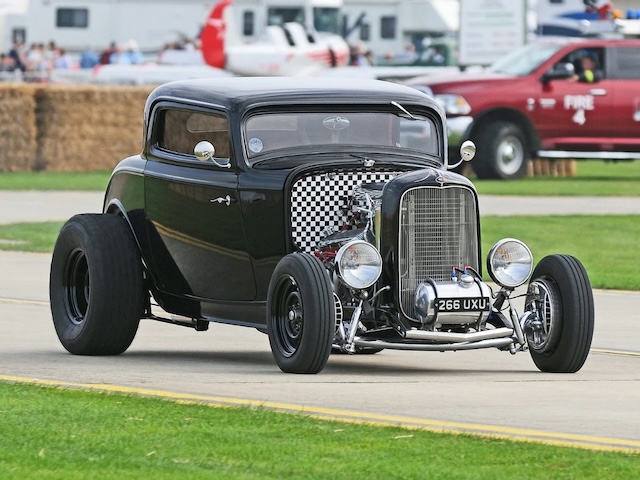
The Enduring Value of the 1932 Ford Coupe
Today, the 1932 Ford Coupe remains one of the most sought-after collector cars in the world. While the market for pre-World War II vehicles has declined in recent years, the Deuce Coupe continues to hold its value. Its status as an icon of American automotive history ensures that it remains a prized possession for collectors and enthusiasts alike.
One of the ironies of the 1932 Ford Coupe’s collectability is that it is difficult to find “stock” examples. Over the years, many of these cars have been transformed into hot rods, and some have undergone multiple modifications. This has led to the creation of a cottage industry producing replica bodies and even entire cars built from scratch. However, owning an authentic 3-Window or 5-Window Coupe remains a mark of distinction.
Whether you’re drawn to the restored beauty of a stock 1932 Ford, the unique performance of a customized hot rod, or the cultural significance of the car, the “Little Deuce Coupe” continues to captivate car enthusiasts and collectors around the world.
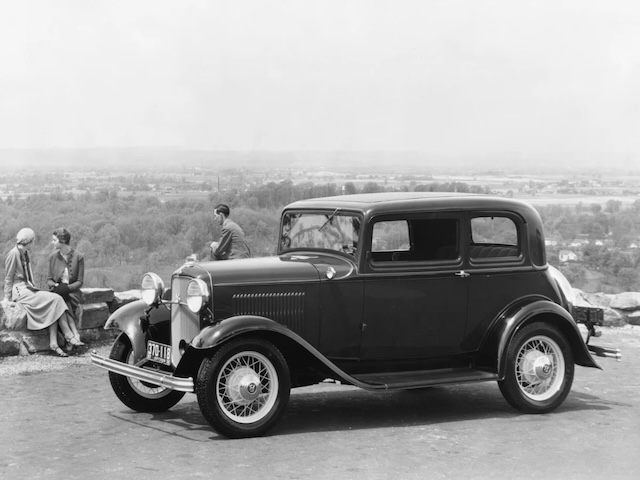
Video
Discover 10 cool facts about Milner’s iconic ’32 Ford from American Graffiti in this fascinating video!
Conclusion: A Timeless Symbol of American Innovation
The 1932 Ford Coupe is more than just a car; it is a symbol of American ingenuity, cultural transformation, and the enduring appeal of classic automobiles. From its revolutionary V8 engine to its iconic place in pop culture, the “Little Deuce Coupe” has left an indelible mark on the automotive world. Its legacy endures through the hot rod culture, the music of the Beach Boys, and its continued status as a coveted collector’s item. The 1932 Ford Coupe remains a timeless symbol of American automotive excellence, and its story is far from over.
